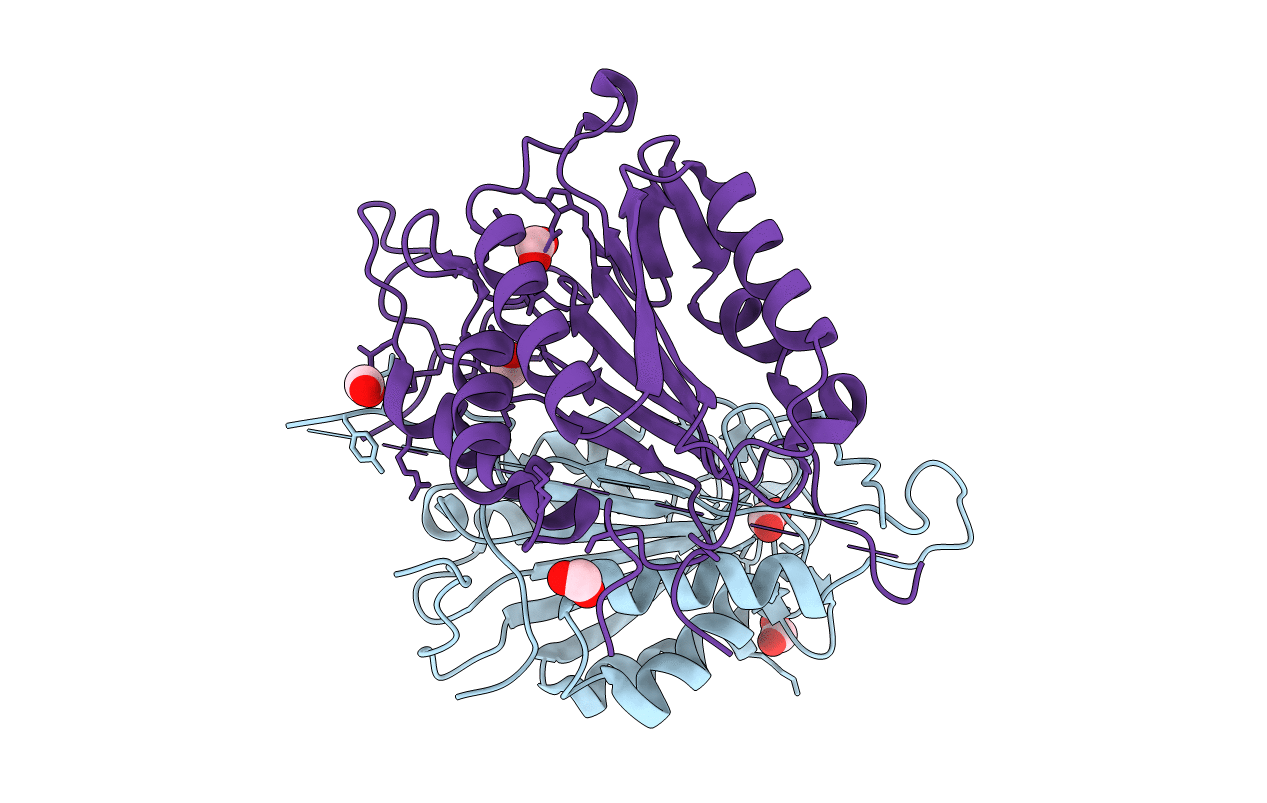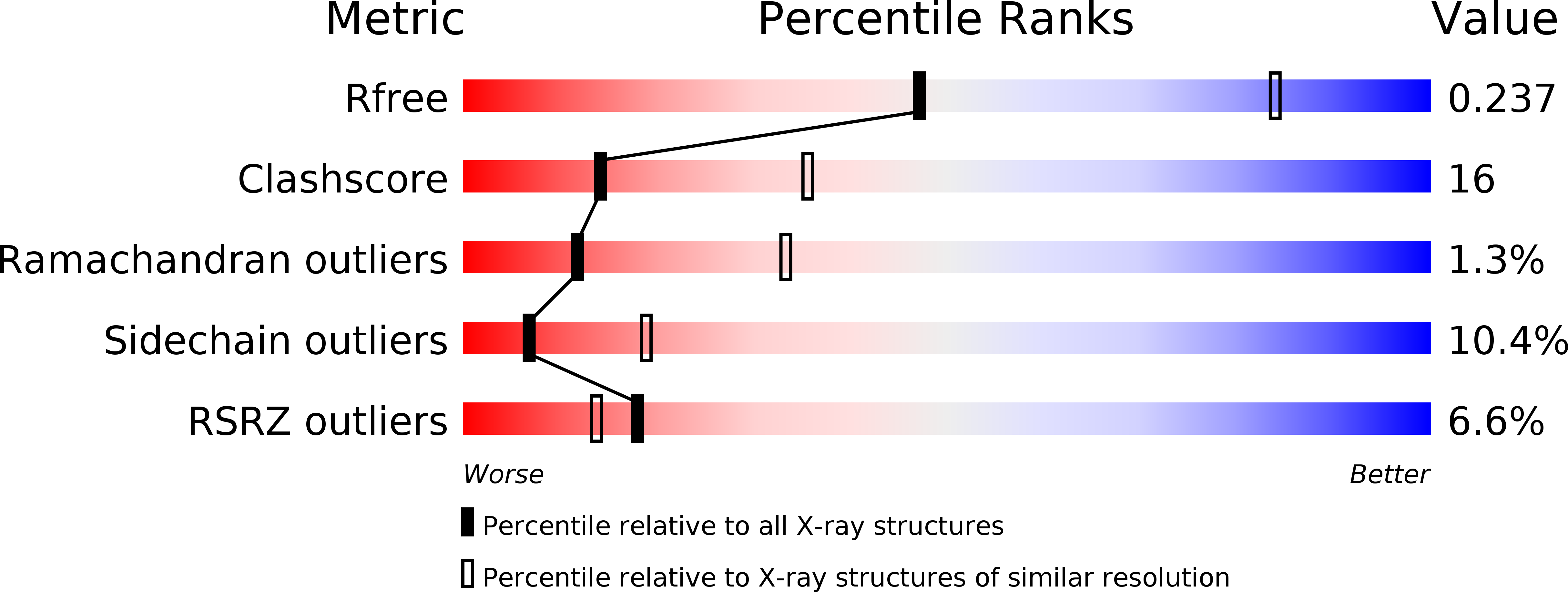
Deposition Date
2011-03-18
Release Date
2011-06-29
Last Version Date
2023-09-13
Method Details:
Experimental Method:
Resolution:
2.86 Å
R-Value Free:
0.25
R-Value Work:
0.18
R-Value Observed:
0.19
Space Group:
P 32 2 1


